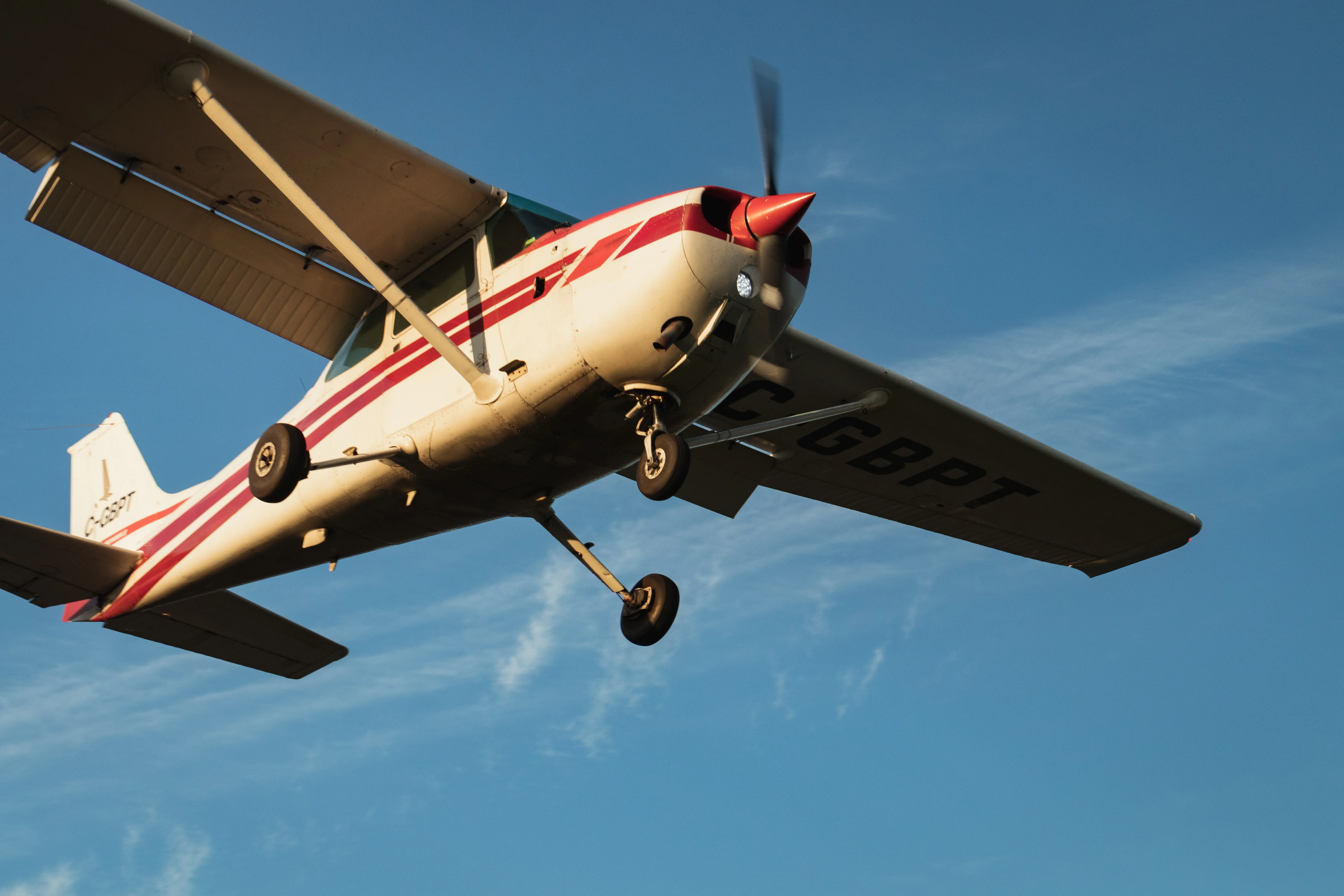The FAA classifies machines operated or flown in the air according to their characteristics and physical properties. Those classifications are listed and defined in 14 CFR 1.1. The most general definition used by the FAA is aircraft and includes the following aircraft groupings.

Aircraft Groupings
Airplane
An airplane is classified as an aircraft that is engine-driven, fixed wing, and heavier than air. An airplane is supported in flight via the reaction of the air to its wings.
Glider
A glider is classified as an aircraft that is heavier than air. Its free flight does not rely primarily on an engine. A glider is supported in flight by the reaction of the air to its lifting surfaces.
Lighter-than-air
An aircraft that can elevate and remain levitating in the air using gas that weighs less than air. Two examples of lighter-than-air aircraft are airship and balloon. And airship is engine-driven and can be steered. A balloon is not engine-driven and remains in flight through the use of either gas buoyancy or a heater.
Powered lift
A powered lift is a heavier-than-air aircraft that is capable of vertical takeoff, landing, and flight at low speeds. A powered lift depends on engine-driven lift devices for takeoff and landing and is sustained in flight through the use of wings that generate lift.
Powered parachute
A powered parachute is an aircraft with flexible wings connected to a fuselage. The semi-rigid wings are constructed in such a way so as to not be in position for flight until the aircraft is in motion. A powered parachute is sustained in flight via an engine in the fuselage.
Rocket
A rocket is an aircraft with a propulsion system using expanding gases that are generated by an engine. The propulsion system is not dependent on the intake of outside substances.
Rotorcraft
A rotorcraft is a heavier-than-air aircraft that generates lift inflight via one or more rotors. There are two main types of rotorcraft, a gyroplane and helicopter. A gyroplane’s rotors are not engine-driven, except for during the initial start. Once started, they are made to rotate by the action of the air when the rotorcraft is moving, and rely on propellers for propulsion. A helicopter is a rotorcraft that depends principally on engine-driven rotors for horizontal propulsion.
Weight-shift-control
A weight-shift-control aircraft’s pitch and roll are controlled via the pilot’s ability to change the aircraft’s center of gravity with respect to the wing.
Size and Weight Groupings
Size and weight are other methods used in 14 CFR 1.1 to group aircraft.
Large aircraft
A large aircraft is an aircraft of more than 12,500 lbs maximum certificated takeoff weight.
Small aircraft
Small aircraft are aircrafts of 12,500 pounds or less maximum certificates takeoff weight.
Light-sport aircraft
A light sport aircraft is an aircraft that is not a powered-lift or helicopter. Light sport aircraft often include airplanes, lighter-than-air, gliders, powered parachutes, and weight-shift-controls.
Category, Class, and Type Groupings
Aircraft are also broadly classified by the FAA with respect to the certification of airmen or with respect to the certification of the aircraft. These are defined by category, class, and type in 14 CFR1.1:
Category
- As used with respect to the certification, ratings, privileges, and limitations of airmen, means a broad classification of aircraft. Examples include: airplane; rotorcraft; glider; and lighter-than-air; and
- As used with respect to the certification of aircraft, means a grouping of aircraft based upon intended use or operating limitations. Examples include: transport, normal, utility, acrobatic, limited, restricted, and provisional.
Class
- As used with respect to the certification, ratings, privileges, and limitations of airmen, means a classification of aircraft within a category having similar operating characteristics. Examples Include: single engine; multiengine; land; water; gyroplane, helicopter, airship, and free balloon; and
- As used with respect to the certification of aircraft, means a broad grouping of aircraft having similar characteristics of propulsion, flight, or landing. Examples include: airplane, rotorcraft, gilder, balloon, landplane, and seaplane.
Type
- As used with respect to the certification, ratings, privileges, and limitations of airmen, means a specific make and basic model of aircraft, Including modifications thereto that do not change its handling or flight characteristics. Examples include: 737-700, G-IV, and 1900; and
- As used with respect to the certification of aircraft, means those aircraft which are similar in design. Examples include: 737-700 and 737 700C; G-IV and G-IV-X; and 1900 and 1900C.
These systems of definition allow the FAA to group and regulate aircraft in a safe manner.
Written by Air Power, Inc. Engine Sales Representative, Joshua Denton.
